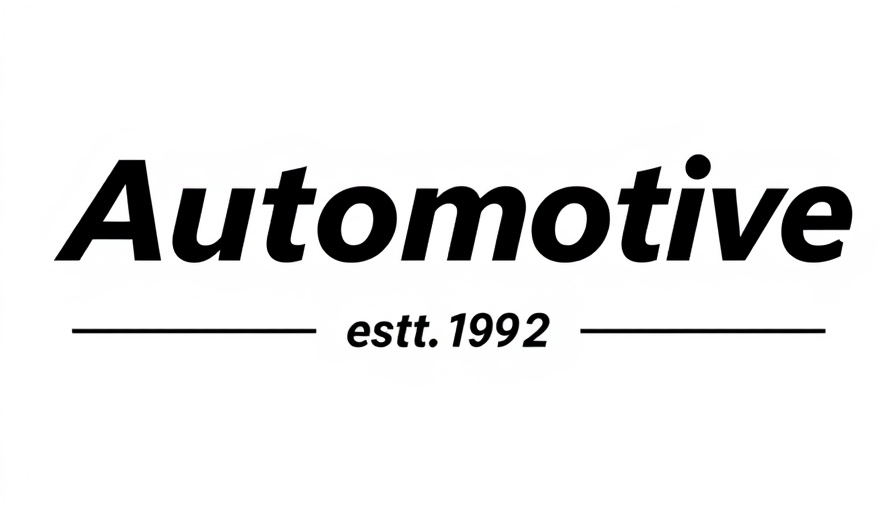
Understanding the Shift in Automotive Tariffs
In a significant move signaling a change in the automotive industry landscape, U.S. Commerce Secretary Gina Raimondo has announced discussions regarding the easing of automotive tariffs initiated under the Trump administration. This decision is aimed at addressing supply chain challenges and boosting domestic auto manufacturing, which has been critically affected by the global pandemic.
Implications for Dealership Owners and General Managers
For dealership owners and general managers, the potential reduction of tariffs could lead to immediate cost savings on imported vehicles and parts. This financial relief might provide opportunities to pass on savings to consumers, ultimately driving sales. However, this move necessitates a strategic response from dealers, as they will need to analyze their inventory sources and reconsider their pricing structures in the face of shifting competitive dynamics.
Historical Context of Automotive Tariffs
The automotive tariffs, which were designed to protect American manufacturers, have been met with mixed reactions. Critics argued that these tariffs alienated foreign manufacturers and increased prices for American consumers. The easing of these tariffs could signify a pivot to a more open trade regime, promoting collaboration between American dealers and global manufacturing counterparts.
Future Predictions: How Market Dynamics May Change
Experts predict that easing tariffs may invigorate the automotive market, with larger auto makers likely increasing their investments in the U.S. market. This could enhance innovation and drive competition, as players adapt to the new landscape. Dealership owners might see an influx of new models and enhancements in vehicle technology as foreign companies ramp up their operations within the U.S.
Counterarguments to Easing Tariffs
Despite the advantages of tariff easing, there are valid concerns regarding potential pitfalls. The protection of American jobs has been a pivotal argument for maintaining higher tariffs on foreign vehicles. Many argue that reducing these tariffs could threaten domestic employment, leading to a challenging position for local manufacturers striving to compete with cheaper international labor costs.
Actionable Insights for Dealerships
As this situation evolves, dealership owners and general managers should remain vigilant. Evaluating supply chains, developing relationships with both domestic and foreign manufacturers, and preparing for fluctuations in vehicle pricing are crucial steps. By implementing strategic planning and market assessments, dealerships can better position themselves to leverage any changes resulting from tariff modifications.
The landscape of the automotive industry is ever-changing, and staying informed is key. As discussions continue and policies evolve, engaging with industry news and attending workshops to enhance sales training can provide invaluable insights. Dealerships should take proactive steps to secure their position in this shifting market.
 Add Row
Add Row  Add
Add 

 Add Row
Add Row  Add Element
Add Element 




Write A Comment